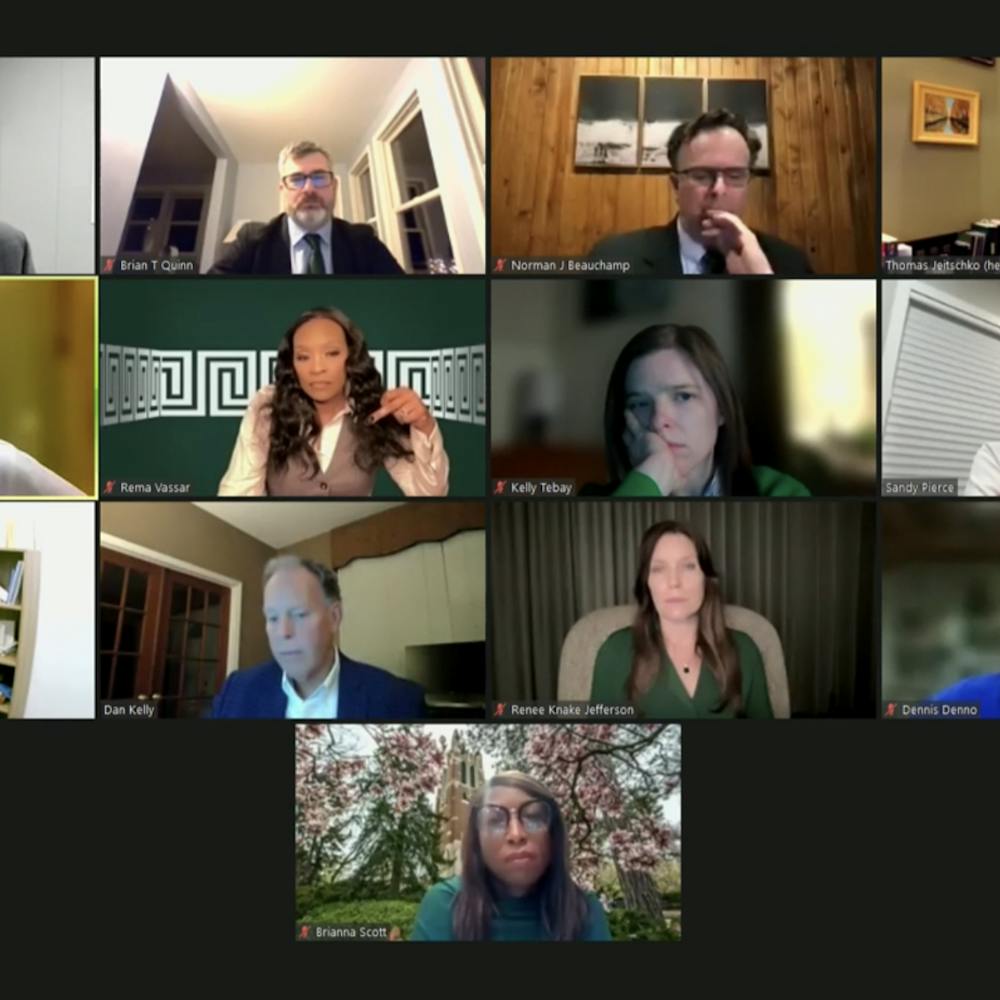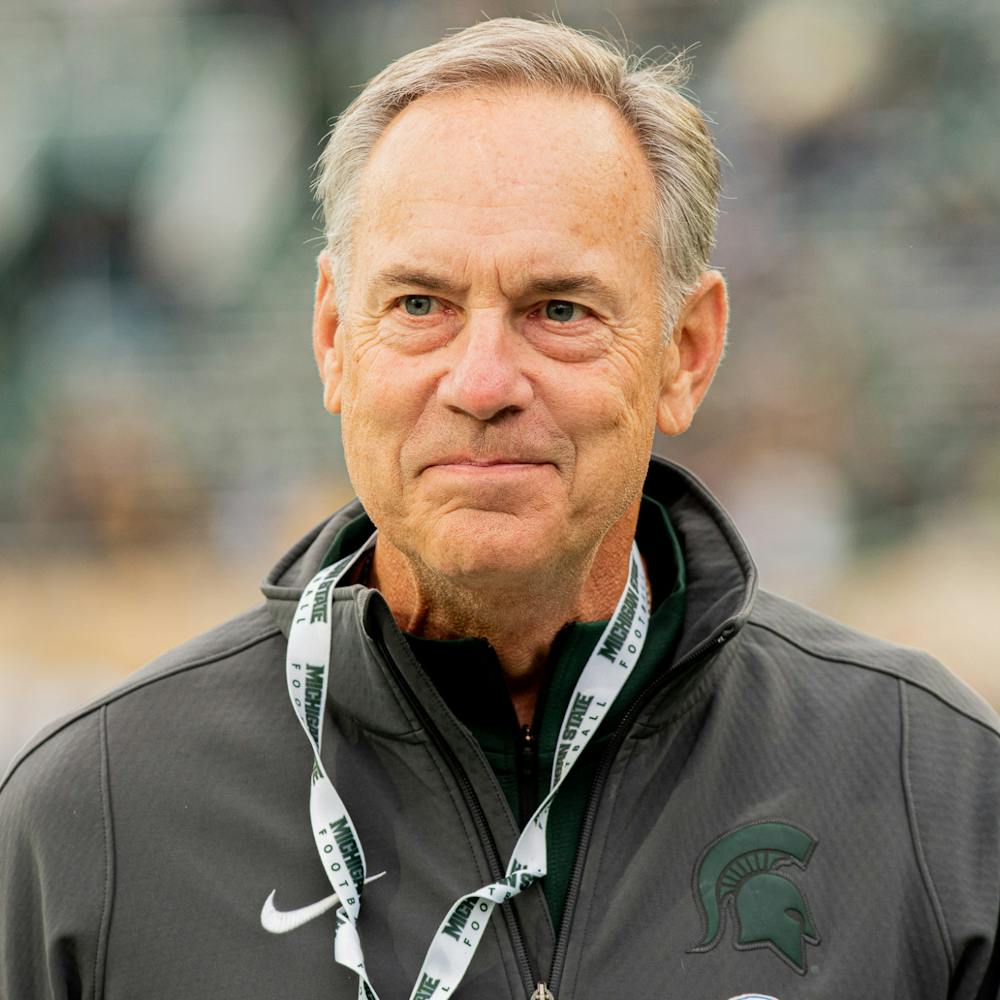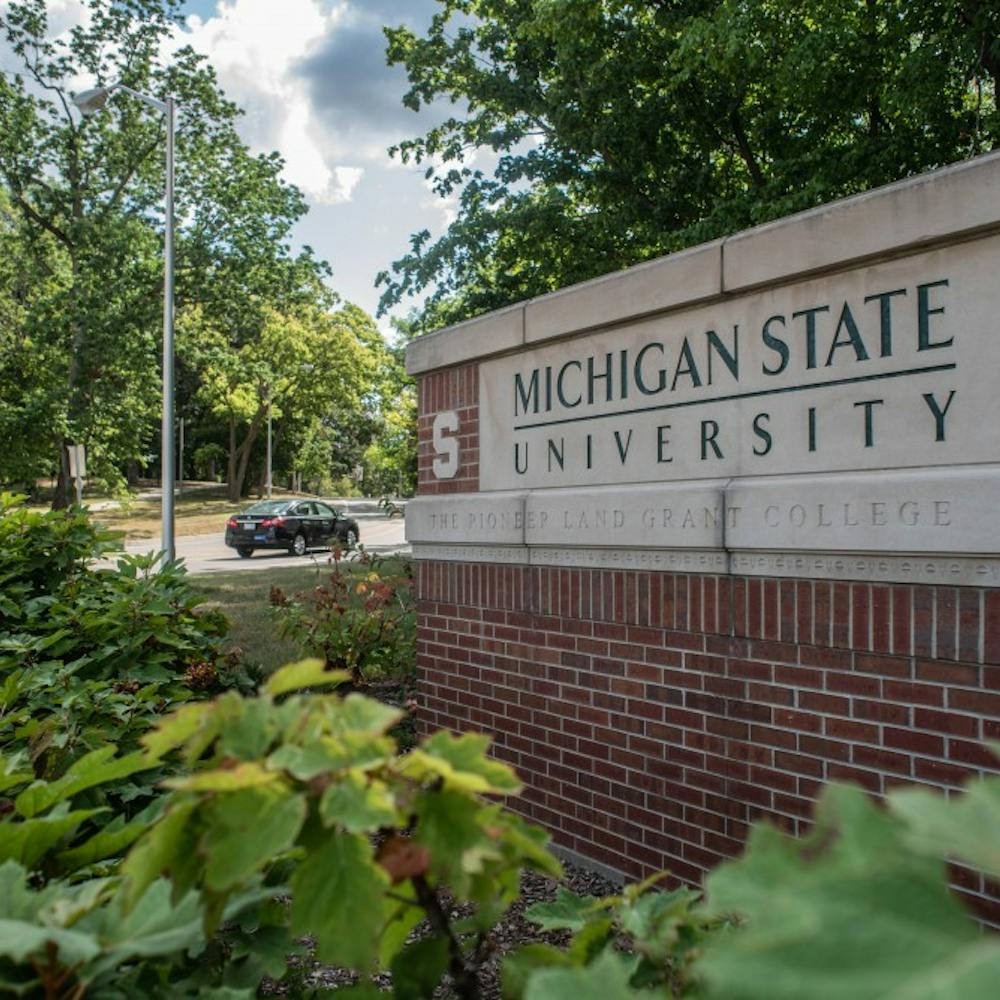The year was 2011 and Michigan governor, Rick Snyder had just entered office. But soon after the beginning of his appointment in 2011, he stirred some anger in higher education that has remained at MSU since.
When establishing his first budget, Snyder slashed higher education appropriations by 15 percent, causing a bit of havoc within Michigan’s 15 public higher education institutions.
“At that point in time, it was his first budget year, and at the time the state was not nearly as good as it is now,” David Bertram, MSU’s assistant vice president for state affairs, said. “And he made a conscious decision to cut not only higher education, but a bunch of departments by 15 percent. So since 2011, it has been an attempt to try and get that restored.”
On October 28, the MSU Board of Trustees announced they were requesting a return of the state budget to 2011 levels.
The path to restoration, though, hasn’t been easy. The Board of Trustees sets the rate of student tuition every year, and for the past seven years, students at MSU have been given a tuition raise. Every year, the Board says it’s because of low state appropriations.
“Places like U-M, MSU, Wayne State are still behind from where the governor first cut, and so for institutions of higher education to be able to manage that has made it very difficult,” Rep. Sam Singh (D) said. “It honestly has forced tuition to go up. The governor’s lack of investment in direct student aid has increased debt load for students.”
Looking at graphs of student tuition versus state appropriations in the years since 2011, it’s clear that things have changed. In the recent state-wide MSU Board of Trustees race, all of the candidates had something to say about college affordability. Singh, who has been a strong advocate for college affordability as a state representative, said more could be done.
“There is more that other states are doing, so if you’re not investing in your higher education institutions, you’re not investing in your students, how are they going to be found successful?” Singh said.
Bertram said to the governor, higher education funding has already been restored to what it was in 2011.
In the aggregate budget, it also has been. But the aggregate budget is the entire higher education budget shared by the 15 public universities in Michigan.
Because of a formula for money distribution put together by the state, six institutions remain below their 2011 totals. MSU is one of them, Bertram said.
“We’re still sitting here at MSU, $7.8 million behind what we had in 2011,” Bertram said. “And that’s not indexed for inflation or anything like that. That’s straight raw dollars.”
Even more of a problem, Bertram said, is that MSU still gets 20 percent of its funding from the state.
Keeping costs contained isn’t that easy. According to an MSU budget overview, MSU’s list of cost pressures includes, but is not limited to state disinvestment in financial aid, appropriations and IT support necessary for data and cyber security.
“We feel like the state has eroded away and left us with more and more of our share to pay,” Bertram said. “When I say ‘our share,’ I mean money that’s going to come through tuition or through some other means.”
Support student media!
Please consider donating to The State News and help fund the future of journalism.
At the Board of Trustees meeting, MSU President Lou Anna K. Simon said MSU should be rewarded in relation to 2011 budget levels.
MSU still retains the most in-state undergraduates by more than 10,000 students, a feat in an educational economy that finds more worth in out-of-state students who pay higher tuition.
For these reasons combined, Bertram said, MSU is requesting for a return to the past.
“When they’re short-changing us, they’re short-changing everybody,” Bertram said. “And we really haven’t seen, we haven’t been spending more dollars per student. It’s not like our costs are going up. We’re actually keeping those contained.”
However, even a rise in state funding may not give the university what it needs to lower tuition.
“A tuition cut, I would say, is probably unlikely,” Bertram said. “If we were able to restore that 7, almost $8 million dollars, that would go a long way. It would help us in a number of cuts ... The more money we get in, the less pressure it is on tuition.”
Discussion
Share and discuss “MSU requests higher state funding after years of low appropriations ” on social media.







